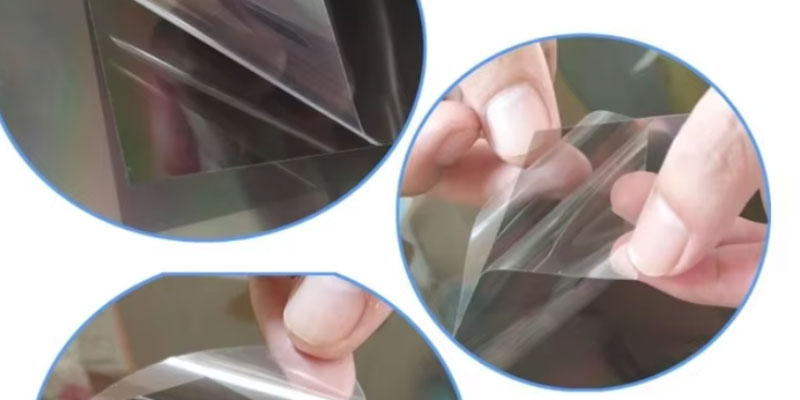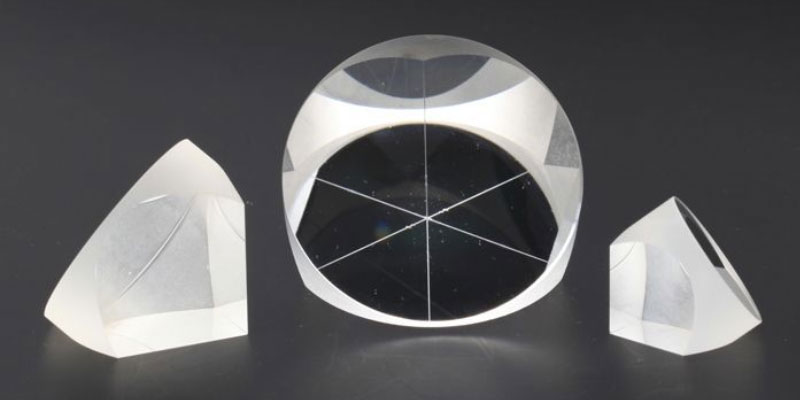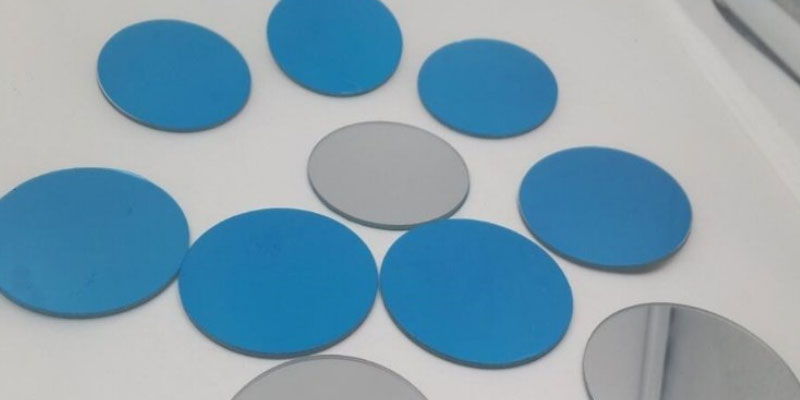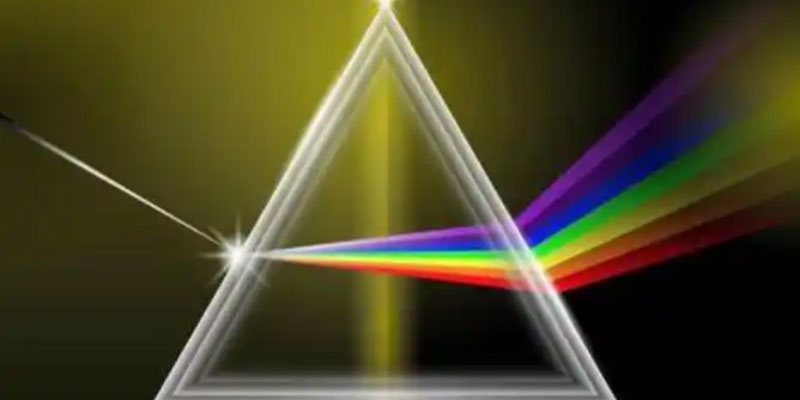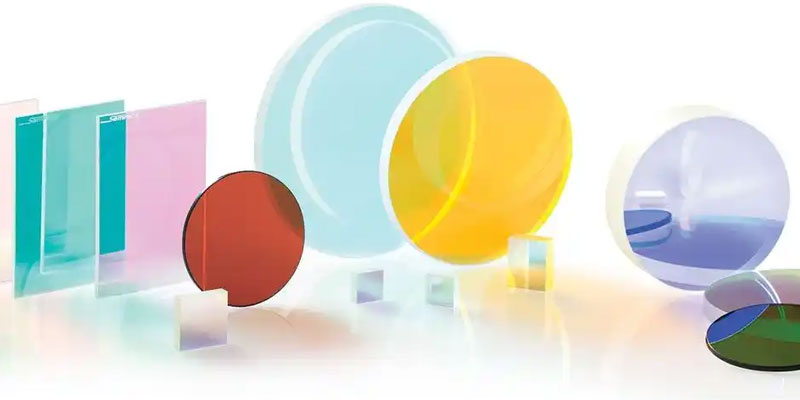
The optical glass is a distinct glass that is made with high-purity and highly transparent silicates, borates and phosphates, as the base material after which is added an appropriate proportion of precious elements. Because of its exceptional optical properties optical glass has grown to become an essential component for the production of a variety of optical equipment along with optical component.
1.The Classification of Optical Glass
Based on different classification rules optical glass can be classified in a number of classifications.
- Based on the various elements and compositions optical glass may be classified into the following kinds:
Silicate optical glass Silicate optical glass the most popular, having the lowest cost, simple to process, and many other advantages.
Optic glass made of Borate: Borate optical glass has greater light transmission and less dispersion, which makes it ideal to make premium optical components;
Phosphate optical glass: This optical glass is extremely stable in terms of chemical and thermal stability, typically used in specialized applications in the environment.
- In accordance with the different optical properties optical glass can be classified into various kinds:
For example, high refractive index glass Low refractive index glass low dispersion glass high dispersion glass, other such glass. The different kinds of optical glass used in optical instruments are used for different purposes and performance characteristics. For instance:
Glass with high refractive index glass A high refractive-index optical glass features an extremely high refractive index, and is suitable for use in applications which require higher precision optical equipment for example, magnifying microscopes with high magnification or high-resolution cameras.
Low Dispersion Optic Glass: Low dispersion optical glass exhibits lower dispersion and is used to correct chromatic aberrations within optical systems in order to enhance the performance of imaging in the system.
- In accordance with the various methods of production and processing optical glass can be classified into fused optical glass, calendered optical drawn optical glass etc.
Fused optical glass, also known as fused optical glass is produced by melting raw materials at high temperatures, later cooling and curing. making it suitable for the production of different designs and specifications for optical components.
Calendered Optical Glass Calendered optical glasses are made by pressing and is suitable to be used in the fabrication of optical components that resemble sheets;
Drawn Optic Glass: Drawn optical glass is created by stretching, and is ideal for the production of optical components that have slender forms like optical fibers.
Furthermore, there is several optical glass with specific characteristics, like the anti-reflective glass coating, polarizer glasses, and so on. specifically for optical applications.
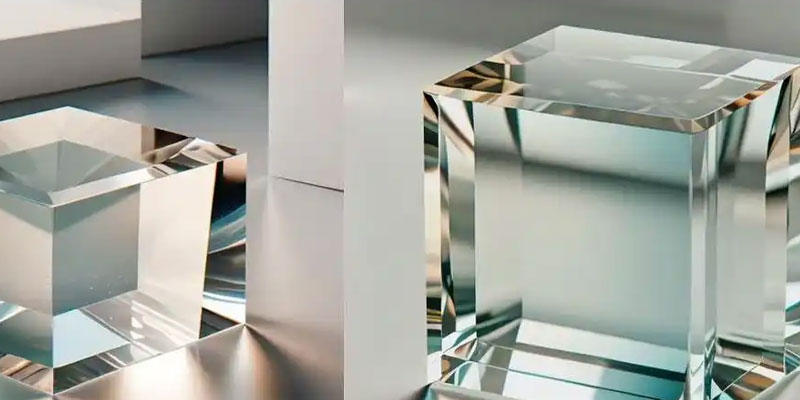
2.The Properties of Optical Glass
Optic glass comes with a range of properties, and the following are the most common:
- Refractive index
Refractive index is one the fundamental optical characteristics that optical glass has. Different kinds of optical glasses contain different refractive indexes, and appropriate materials can be chosen based on the demands to produce certain optical properties. This is why optical glass is popular in the production of lenses, prisms, and various other components of optical design.
- Dispersion
Chromatic dispersion can be described as a phenomenon which occurs as light travels through a material due to the differing refractive indices of light with different wavelengths. Optic glass has a lower dispersion, which can help reduce the dispersion effect of light passing through, in order to preserve the clarity and precision of the image. It can be utilized in spectroscopic devices as well as dispersion correction lenses, and other optical instruments.
- Stability of the thermal environment
The optical glass has excellent thermal stability and can ensure the durability of physical properties and optical properties across a wide temperature range.
- Light Transmission
Optic glass is a great material for properties for light transmission, allowing the most ultraviolet and visible radiation to be absorbed by, which makes optical glass a great material to manufacture different optical instruments and optical components. The excellent light transmission of optical glass guarantees that optical instruments can easily transmit information and images while in use, improving the reliability and accuracy of the instruments.

- Chemical Stability
Optic glass typically has excellent chemical stability, and superior resistance to corrosion, and is able to be resistant to a range of environmental and chemical erosion, and is suitable to be used in a range of optical environments to guarantee the long-term durability and longevity of optical equipment.
- Good processing performance
It also has good processing capabilities, and can be ground, cut and polished to produce a wide range of forms and specifications of optical components. This means that optical glass offers a great level of flexibility and adaptability in its manufacturing process to satisfy the requirements of various fields and applications.
3.The Applications of Optical Glass
The optical glass has exceptional physical and optical properties. It is used extensively in the production of a variety of optics and devices. Here’s a look at the principal application for optical glass.
- Optics lenses
Optical glass is used extensively in the manufacturing of a variety of kinds of optical lenses including lenses, concave lens prisms mirrors and so on. These lenses are utilized in microscopes, telescopes, cameras, and other optical systems to allow focus adjustment imaging, spectroscopy, magnifying and other optical features.
- Optical Filter
Optic glass is transparent and dispersion characteristics. It can be used to create different kinds of optical filters such as band-stop filters, band-pass filters centers wavelength filters and so on. They are utilized to regulate the intensity, wavelength and polarization of light. They are typically utilized for spectral analysis and optical measurements.
- Laser devices
The optical glass plays an important part within laser science, like frequency doubling crystals that are used in the production of lenses, laser amplifiers, and windows inside laser cavities and so on. It’s utilized to regulate and control how laser beams are transmitted and modulated.
- Optical Coating
Optical glass surfaces is a great way to make various optical coatings, including reflecting film, non-reflective films or polarizing film. They are used to enhance or improve performances of optical equipment and devices.
- Optical Window
Optic windows made from optical glass are used in the isolation and protection of the optical system. They may be utilized to shield the optical system inside from the influences of external influences, while also allowing it to be influenced through light sources, which are commonly employed in camera lenses, lasers as well as microscopes and other devices.
- Other applications
Optic glass is also utilized in optical films, medical devices, optical instruments and fiber optic communications, among other areas, to make various optical equipment and devices that offer superior optical functionality and performance.Other application(Optical Lenses Application Examples In Optics)
optlenses
Related posts
What Is Polarizer Film?
Porro Prism vs Roof Prism Lens
Dielectric Mirror Materials And Their Applications
What is the group velocity dispersion?


